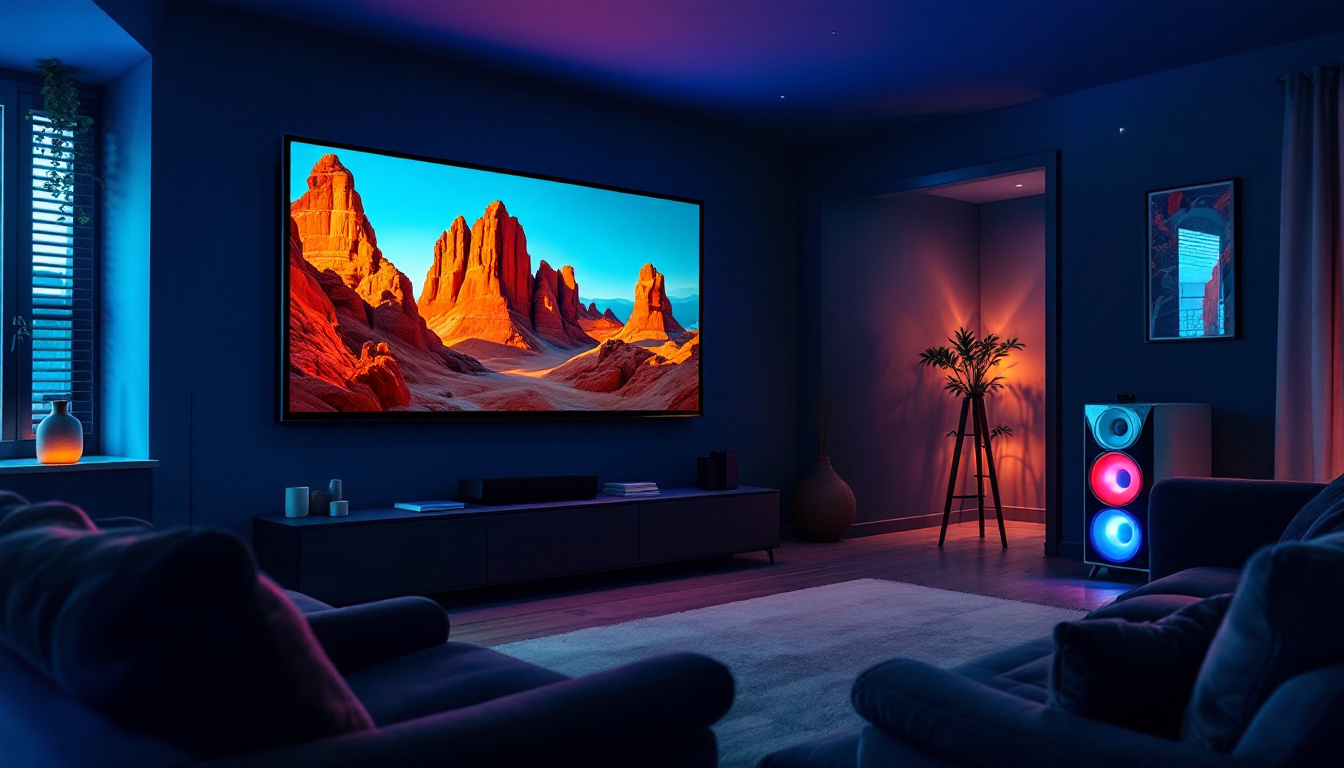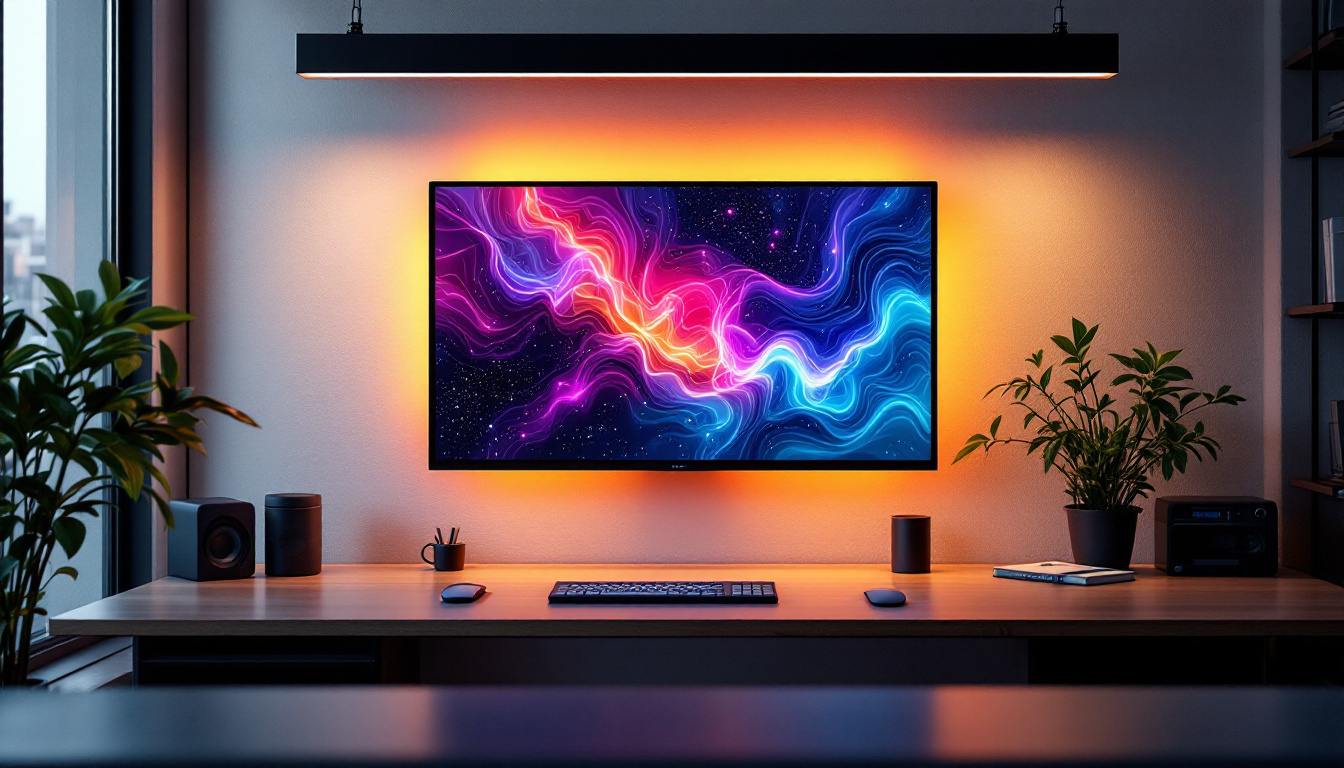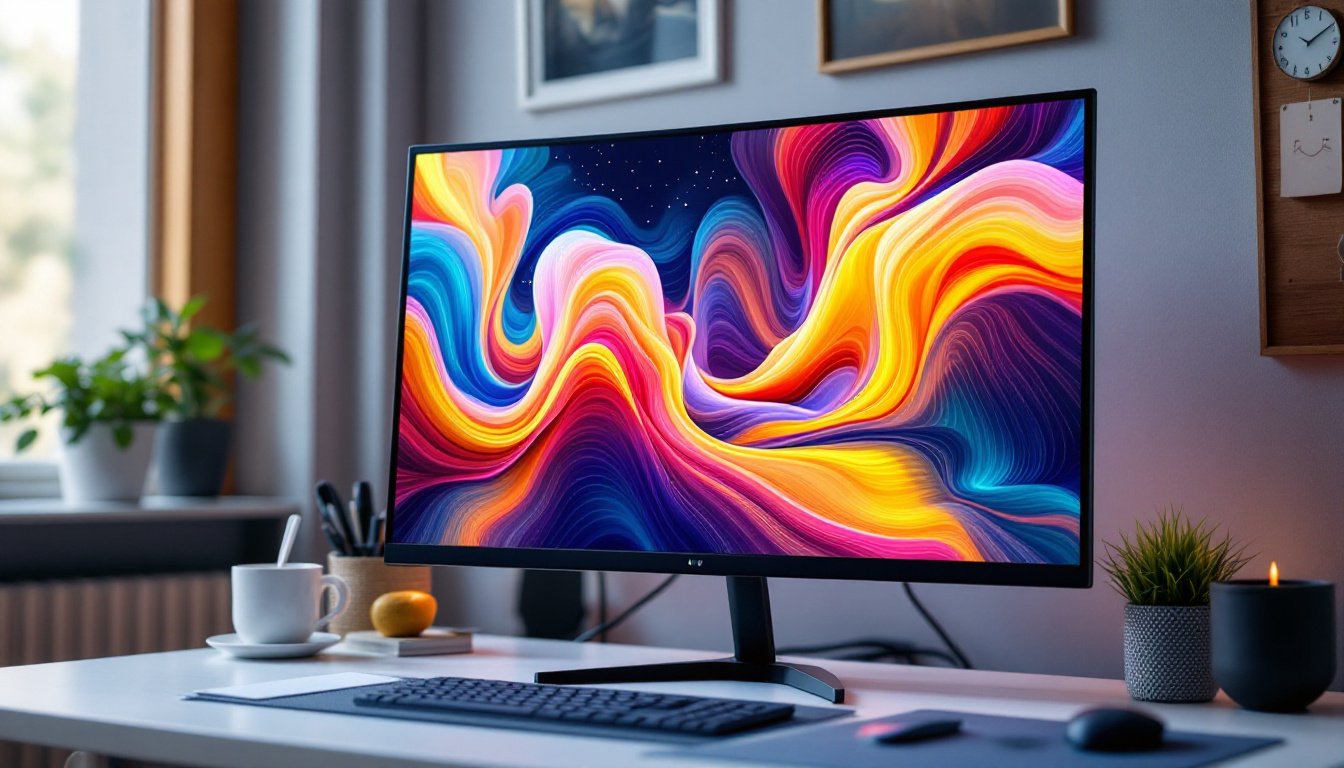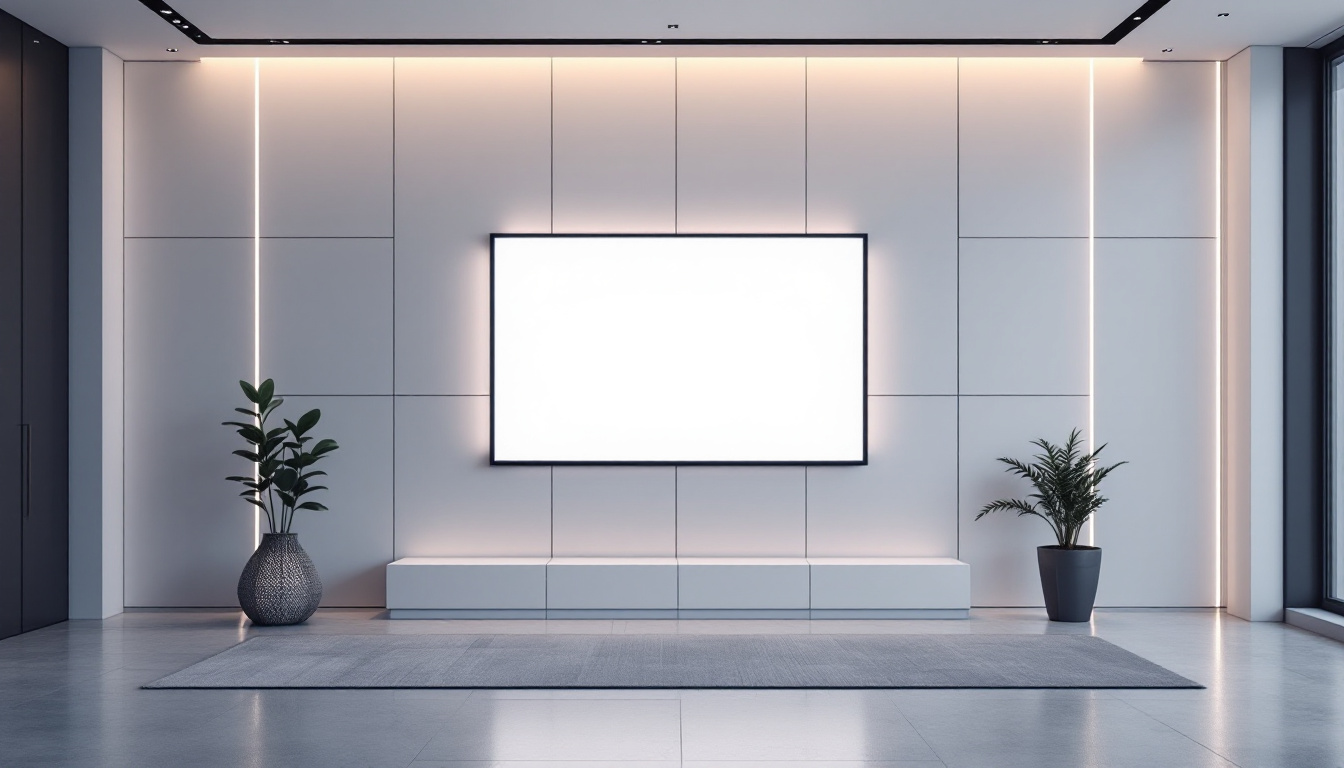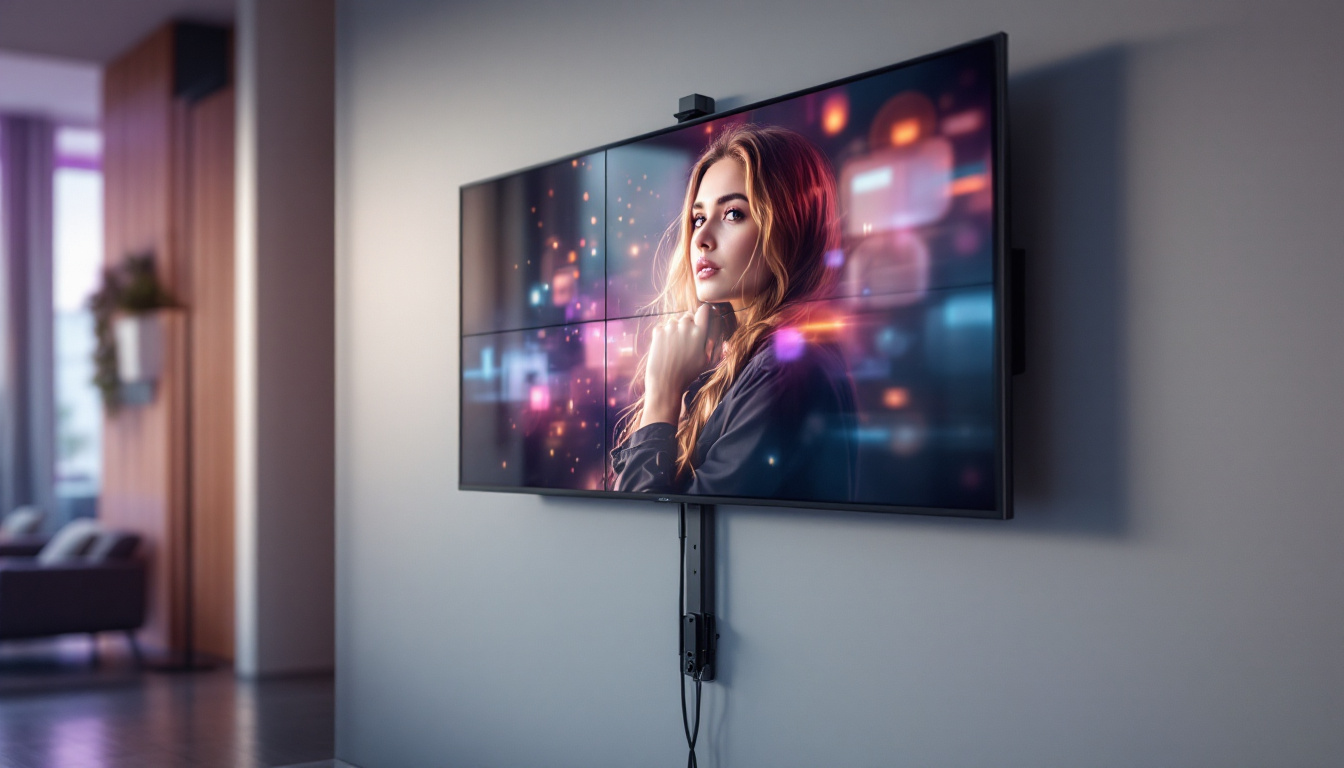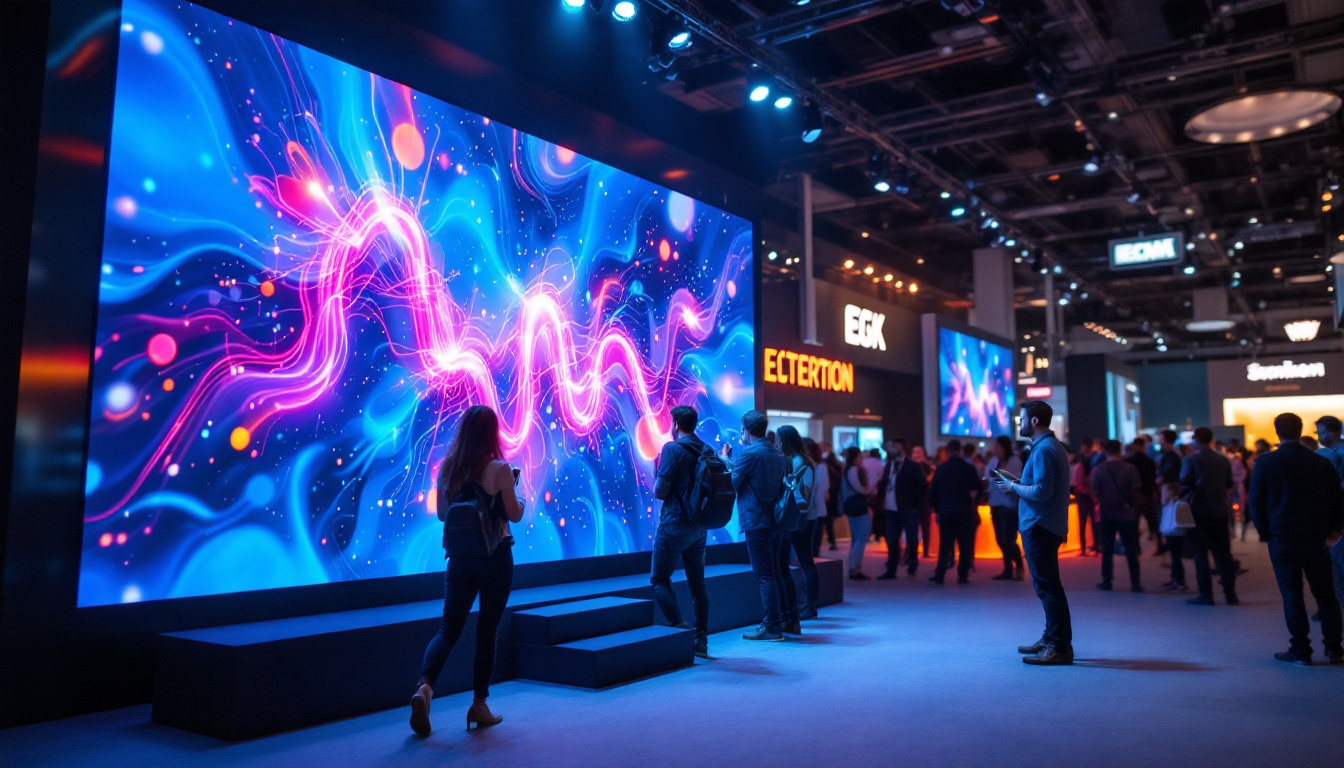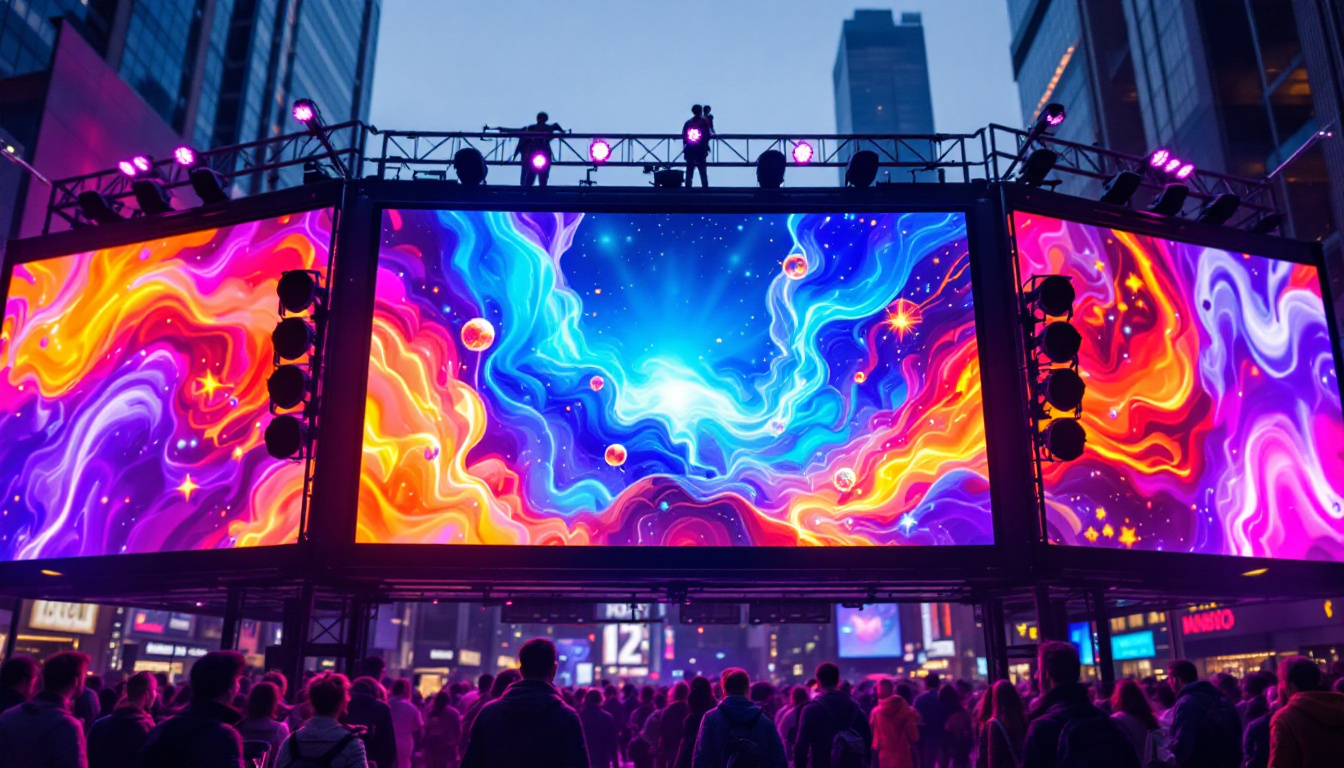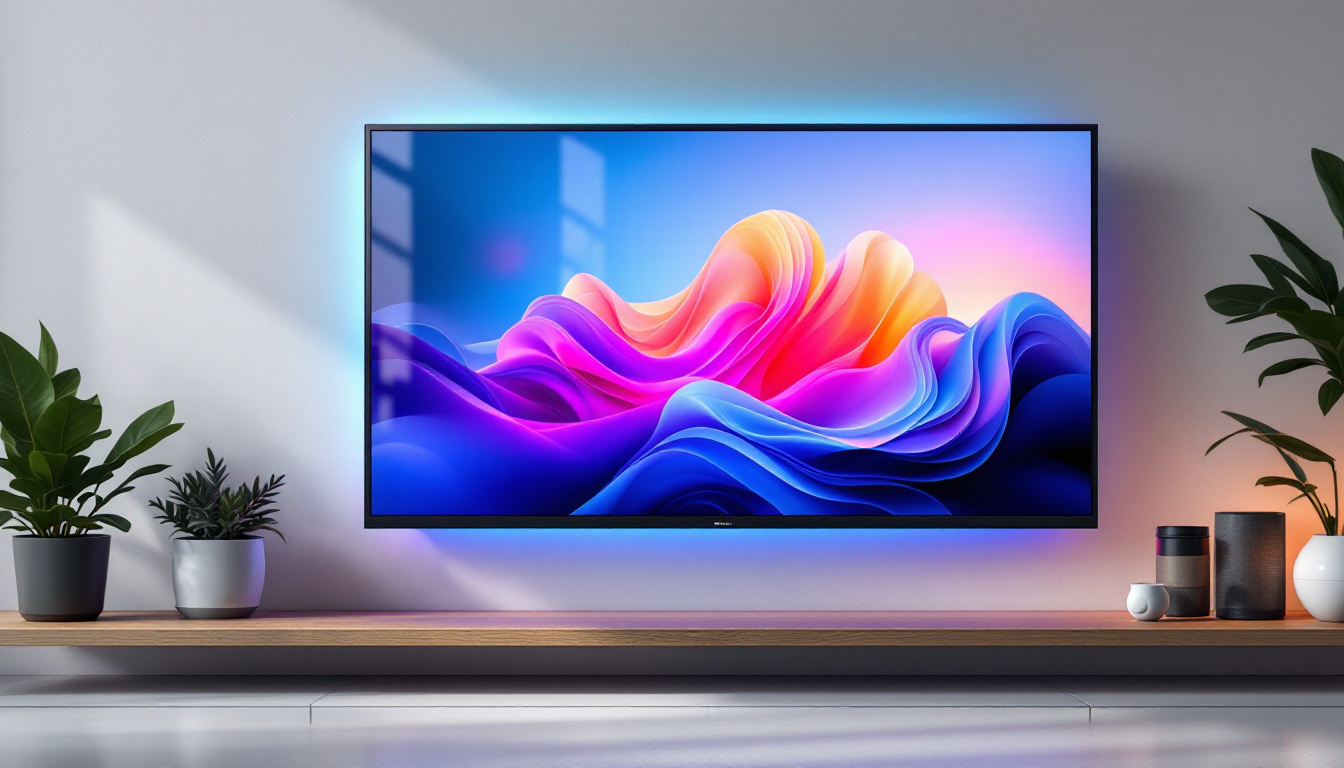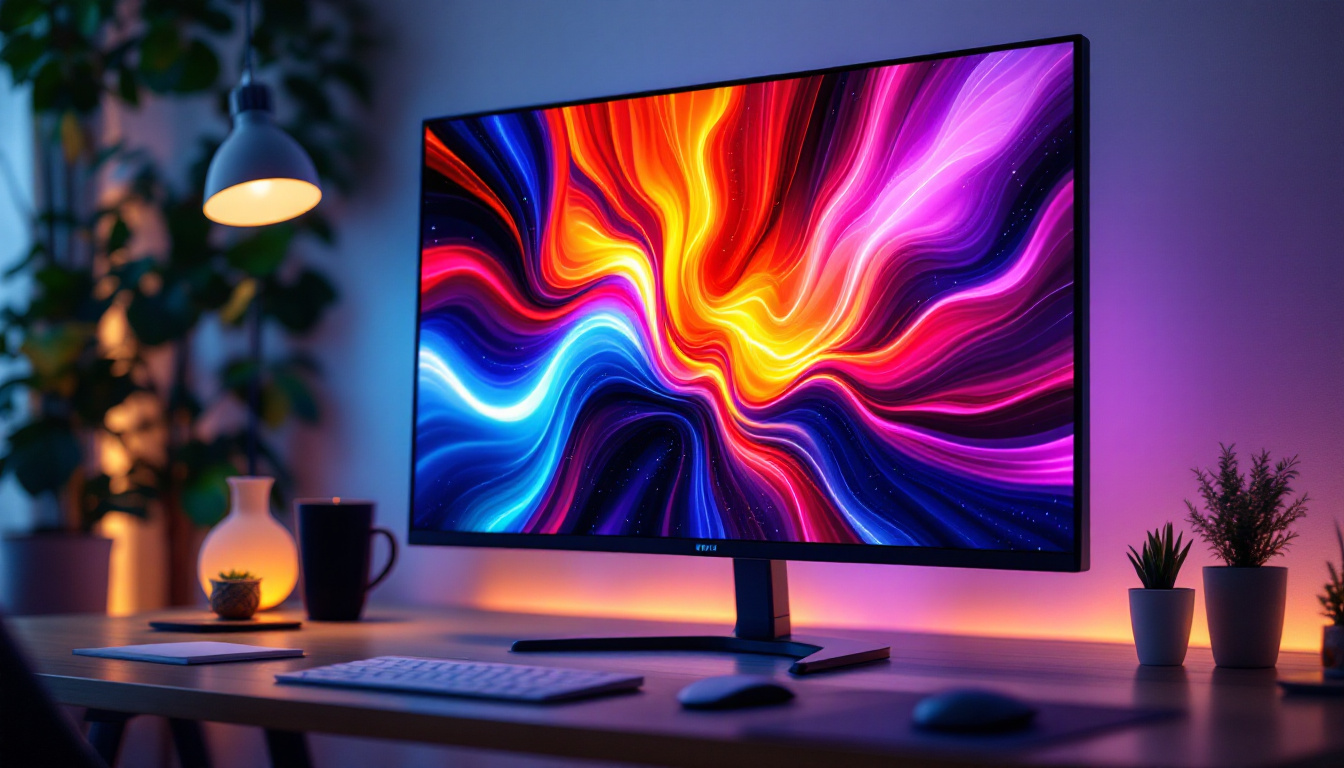Creating the perfect home theater experience involves careful planning and consideration of various factors, including room size, screen type, and audio setup. One of the most critical components in this setup is the display technology used, with LED displays being a popular choice for many enthusiasts. This article will delve into the importance of calculating the right room size for your home theater while also exploring the features and benefits of LED displays.
The Importance of Room Size in Home Theater Design
When designing a home theater, the size of the room plays a pivotal role in determining the overall experience. An appropriately sized room can enhance sound quality, improve viewing angles, and create an immersive environment that rivals commercial theaters. Conversely, a poorly sized room can lead to a subpar experience, with issues such as poor acoustics and uncomfortable seating arrangements.
Understanding Viewing Distance
One of the primary considerations when calculating room size is the viewing distance from the screen. This distance is crucial for ensuring that viewers can enjoy the full resolution of the display without straining their eyes. Generally, the recommended viewing distance for LED displays is about 1.5 to 2.5 times the diagonal screen size. For example, if you have a 65-inch LED screen, the ideal viewing distance would be between 8 to 13 feet.
To make this calculation easier, many home theater enthusiasts use a room size calculator. These tools take into account the screen size, resolution, and room dimensions to provide a tailored viewing distance recommendation. This helps ensure that every seat in the room offers an optimal viewing experience. Additionally, the type of content being viewed can also influence this distance; for instance, 4K content allows viewers to sit closer without noticing pixelation, thus enhancing the immersive experience even further.
Acoustic Considerations
Another vital aspect of room size is its impact on acoustics. The dimensions of a room can significantly influence sound quality, with certain shapes and sizes enhancing or diminishing audio performance. A room that is too small may result in sound reflections and echoes, while a room that is too large can cause sound to dissipate, making it difficult to hear dialogue clearly.
When calculating the ideal room size, it is essential to consider the placement of speakers and the arrangement of seating. Ideally, the room should have a balanced ratio of height, width, and length to create a more controlled acoustic environment. This can be achieved through the use of acoustic panels, bass traps, and careful speaker placement. Furthermore, the materials used in the room’s construction can also affect sound quality; for example, hardwood floors may reflect sound differently than carpeted surfaces, and heavy curtains can help absorb sound, reducing echo and improving clarity. By thoughtfully addressing these acoustic factors, you can create a home theater that not only looks great but sounds incredible as well.
LED Display Technology: An Overview
LED displays have become increasingly popular in home theaters due to their vibrant colors, high contrast ratios, and energy efficiency. Understanding the technology behind LED displays can help homeowners make informed decisions when selecting the right screen for their setup. The evolution of LED technology has transformed the way we experience visual content, allowing for a more immersive viewing experience that can rival even the most sophisticated cinema setups.
Types of LED Displays
There are several types of LED displays available on the market, each with its unique features and benefits. The most common types include:
- Standard LED: These displays use a backlighting system to illuminate the screen, providing bright and vivid images. They are suitable for a variety of viewing environments.
- OLED: Organic Light Emitting Diode (OLED) displays offer superior contrast and color accuracy by allowing individual pixels to emit their light. This technology results in deeper blacks and more vibrant colors, making them a favorite among film enthusiasts who appreciate the nuances of cinematography.
- QLED: Quantum Dot LED (QLED) technology enhances color accuracy and brightness by using quantum dots to improve the backlighting system. This type of display is particularly effective in bright rooms, ensuring that colors remain true to life even in well-lit environments.
Benefits of LED Displays
LED displays offer several advantages that make them an excellent choice for home theaters. Some of the key benefits include:
- Energy Efficiency: LED displays consume less power compared to traditional LCD or plasma screens, making them an environmentally friendly option. This not only reduces electricity bills but also contributes to a smaller carbon footprint.
- Longevity: With a lifespan of up to 100,000 hours, LED displays are designed to last, reducing the need for frequent replacements. This durability makes them a smart investment for anyone looking to enhance their home entertainment system.
- High Brightness: LED displays can achieve higher brightness levels, making them suitable for various lighting conditions. This feature is particularly beneficial for daytime viewing, where ambient light can often wash out images on lesser screens.
In addition to these advantages, LED displays are also known for their thin and lightweight designs, allowing for versatile installation options. Many models can be wall-mounted, providing a sleek and modern aesthetic that complements contemporary home decor. Furthermore, advancements in smart technology have led to the integration of features such as voice control, streaming capabilities, and customizable settings, enhancing the overall user experience. As technology continues to evolve, the potential for LED displays in home theaters seems limitless, promising even more innovations that will further elevate our viewing experiences.
Calculating the Ideal Room Size for LED Displays
To create an optimal viewing experience, it is essential to calculate the ideal room size based on the chosen LED display. This calculation involves several factors, including screen size, viewing distance, and seating arrangement.
Step-by-Step Calculation
Here’s a step-by-step guide to calculating the ideal room size for your home theater:
- Determine Screen Size: Decide on the size of the LED display you wish to install. This is typically measured diagonally in inches.
- Calculate Viewing Distance: Use the recommended viewing distance formula (1.5 to 2.5 times the screen size) to determine how far away seating should be placed from the screen.
- Assess Room Dimensions: Measure the length, width, and height of the room to ensure it can accommodate the desired viewing distance and seating arrangement.
- Consider Seating Arrangement: Plan the layout of seating to maximize comfort and visibility. Ensure that every seat has a clear line of sight to the screen.
Example Calculation
For instance, if you choose a 75-inch LED display, the recommended viewing distance would be between 9.4 to 15.6 feet. If your room measures 12 feet in width and 20 feet in length, it can comfortably accommodate this setup, allowing for optimal viewing and sound quality.
Common Mistakes to Avoid
When designing a home theater, several common mistakes can hinder the overall experience. Being aware of these pitfalls can help homeowners create a more enjoyable environment.
Ignoring Room Shape
Many people focus solely on the dimensions of the room without considering its shape. A rectangular room may provide better acoustics than a square room, which can lead to sound issues. It’s essential to consider the overall layout and shape of the space when planning a home theater.
Overlooking Lighting Conditions
Lighting plays a significant role in the viewing experience. Failing to account for natural light sources can result in glare and reflections on the screen. It’s advisable to choose a room with minimal windows or invest in blackout curtains to control ambient light.
Neglecting Speaker Placement
Speaker placement is crucial for achieving optimal sound quality. Many homeowners make the mistake of placing speakers too close to walls or in corners, which can lead to distorted sound. Proper speaker placement should follow guidelines that consider distance from walls and angles to the listening position.
Enhancing Your Home Theater Experience
Once the room size and LED display have been determined, there are several additional factors to consider to enhance the overall home theater experience.
Acoustic Treatments
Investing in acoustic treatments can significantly improve sound quality in your home theater. Acoustic panels, bass traps, and diffusers can help control sound reflections and create a more balanced audio environment. These treatments can be strategically placed on walls and ceilings to optimize acoustics.
Seating Options
Comfortable seating is essential for enjoying long movie marathons or gaming sessions. Consider investing in recliners or theater-style seating that provides adequate support and comfort. Additionally, ensure that seating is arranged in a way that maximizes visibility and minimizes obstruction.
Lighting Control
Controllable lighting can enhance the viewing experience by allowing users to adjust brightness levels based on the content being watched. Dimmable lights, LED strips, and sconces can create a cinematic atmosphere, making it easier to immerse oneself in the film or show.
Conclusion
Designing a home theater involves careful consideration of room size, display technology, and various other factors that contribute to the overall experience. By utilizing a home theater room size calculator and understanding the intricacies of LED displays, homeowners can create a space that offers an immersive and enjoyable viewing experience. With the right planning and attention to detail, a home theater can become a cherished part of any home, providing entertainment and relaxation for years to come.
Discover the Ultimate LED Display Solutions with LumenMatrix
Ready to elevate your home theater experience with the latest in LED display technology? LumenMatrix is at the forefront of innovation, offering a wide range of LED display solutions tailored to your needs. From immersive Indoor LED Wall Displays to dynamic Outdoor LED Wall Displays, and even specialized options like Vehicle LED Displays and LED Sports Displays, LumenMatrix has the perfect solution to bring your visual experiences to life. Embrace the future of visual communication and captivate your audience with unparalleled clarity and impact. Check out LumenMatrix LED Display Solutions today and transform your home theater into a state-of-the-art entertainment hub.

